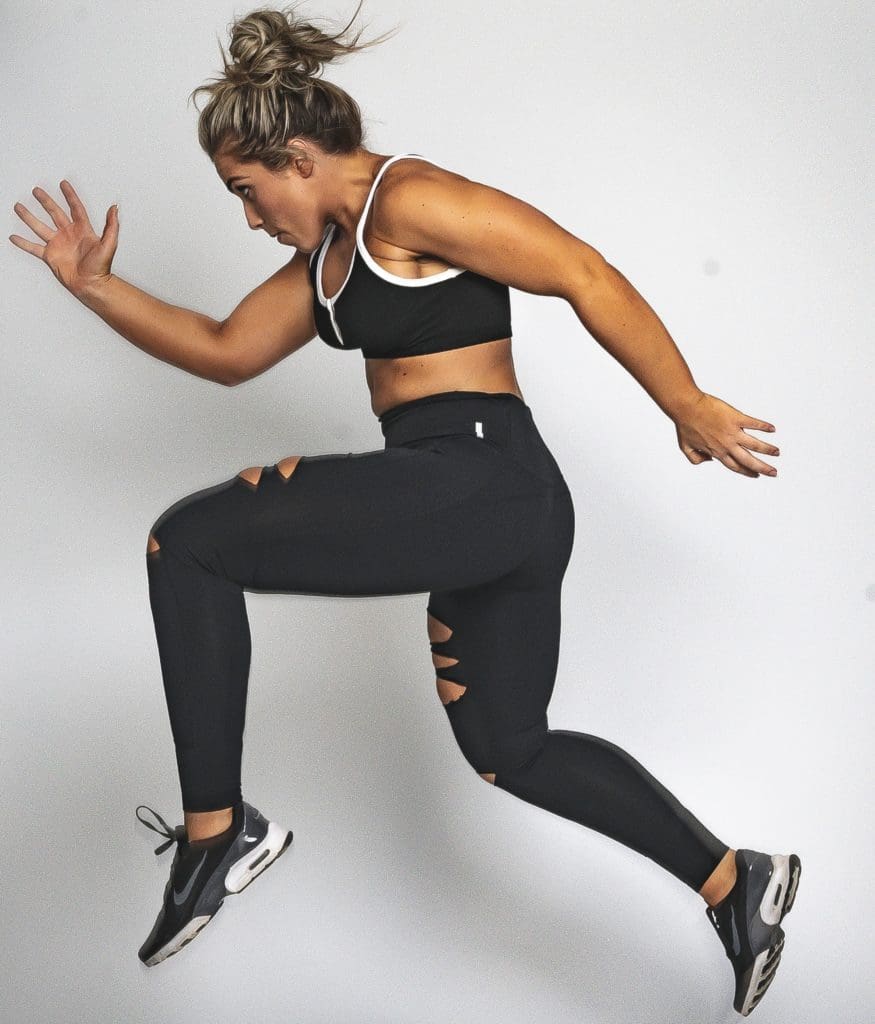
In the 1980s and 1990s, fitness and health professionals encouraged all athletes, young and old, to refrain from “bouncing” when performing body stretches. They emphasized holding a controlled or “static” stretch position for a certain number of seconds. Athletes were encouraged to follow a leader and stretch all large muscle groups individually prior to beginning any activity. Fast forward now to the 2000s, where we realize through research and education, that moving while you stretch offers the best opportunity to perform an activity with the best chance of reducing injury. You don’t need special equipment or a special facility. 15 minutes and approximately 20 yards of space is sufficient.
So why the change?
Maybe you have seen your children, college or professional athletes lining up and jogging forward and back pedaling. Then they skip or jog while kicking their butts back to the start line. After a few different body movements and breaking a light sweat, you may see them begin to start a sport-specific drill like having a catch for baseball or kicking the soccer ball. “So when did all of the stretching take place?” you might ask. Believe it or not, it just did!
Research has discovered that there are several benefits to a dynamic or moving stretch. There is an increase in blood flow to the muscles, improved range of motion in more than just one plane of motion, and it enhances body awareness and muscular performance. Static stretches, while helpful to elongate a muscle before activity, actually reduce the power your muscle has for performance. Challenging the muscles in a controlled way emulating sport-specific movements is shown to reduce the risk of injury. Making sure that the movements are age appropriate to encourage the best body mechanics ensures there will be a benefit for each athlete, young or old. Some supervision may be needed to make sure that the athletes are performing each movement correctly. As PTs and ATCs, we are body mechanic experts, you know.
Coaches in all sports know that the best way to reduce the risk of injury is through a proper warm up. Now, there is a functional way to get athletes moving, stretched and prepared for the task of exerting force on the body to enjoy the activity and get the best results from each athlete. For more information on dynamic warm ups, take some time to check out the links below and see what coaches and other fitness professionals are using for their athletes.
For runners:
http://www.active.com/running/Articles/Before-You-Run-The-Dynamic-Warm-Up
For baseball players:
For soccer enthusiasts:
https://www.youtube.com/watch?v=yDRZdw3zReI
